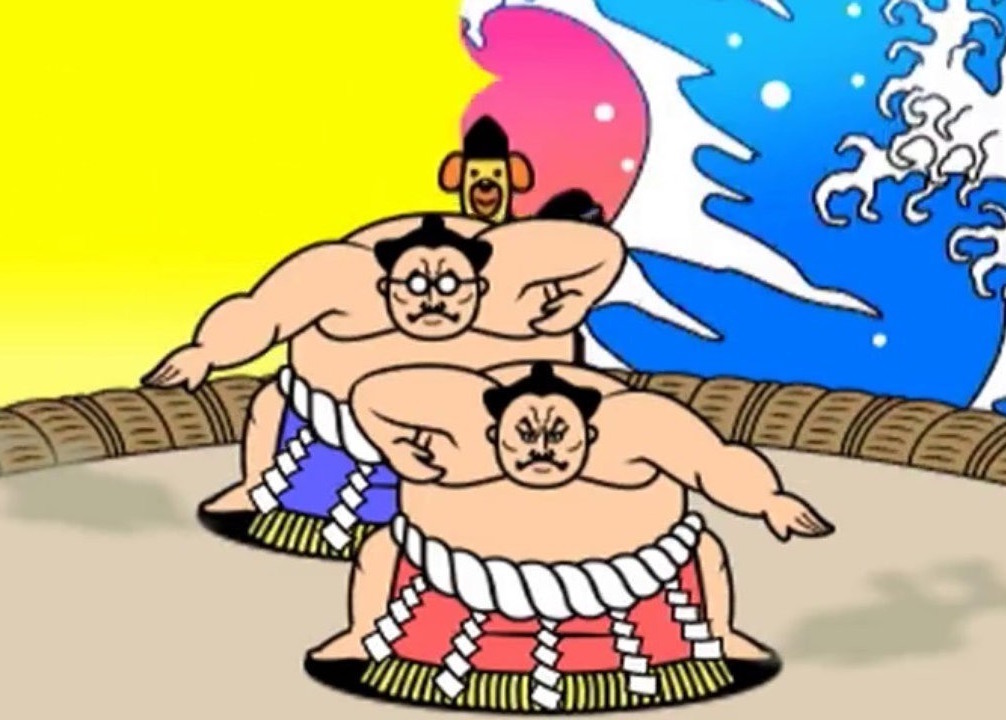
Nick Bruty Game designer and graphic artist Akira Nishitani1 Game designerĪndy Roberts Game designer and journalist He can also banish negative spirits with his powerful DJ skills.Ĭontributors and contents. Matt Wilsher Chronicler of the team’s adventures, Amiga fan-boy Matt carries an enchanted device that captures the souls of everyone that dares to look into its single, uncaring eye. He loves the ZX Spectrum and is a master wrangler of colour clash! The only spells in his world are the ones in MS Word’s grammar checker.ĭamien McFerran Lifelong Nintendo fan (he prides himself on having once met his hero Shigeru Miyamoto) and passionate retrogaming enthusiast, Damien’s Samson-like power lies in his unfeasibly thick shock of black hair.Ĭraig Stevenson Craig is another of the team’s creative gurus, wielding his sorcerer-like art skills to conjure up pixelated images of all manner of creatures, characters and collectibles. Steve Jarratt The ‘legendary’ (well, legendarily old) games journalist makes sure the words in Bitmap’s books are correct and in the right order – more or less. Steve Mayles Character designer and artist, Steve was a key member of the Donkey Kong Country team at Rare, but eventually stopped monkeying around and now works his magic at Playtonic, makers of the brand-new retroinspired game, Yooka-Laylee. He’s not much use against dragons and the like, but is a whizz at Mario Paint. Sam Dyer Bitmap Book’s end-of-level boss, Sam the design wizard is armed with sharpened crayons and an encyclopaedic knowledge of retrogaming. The SNES is still regularly cited as the gaming community’s favourite console, so whether you’re looking for a bout of nostalgia, or to discover classic titles for the first time, we hope you enjoy this tribute to Nintendo’s superlative games machine. The SNES introduced Westerners to the Japanese language and artwork, its mythology and characters it set many people on the path of manga and anime, convinced them to become programmers and artists, and even persuaded a few to move and settle in Japan.

In this latest visual compendium from Bitmap Books, we celebrate the Super NES: the hardware, the games and the cultural changes that it brought about. It was an instant hit thanks to Nintendo’s brilliant first-party titles and would, over time, play host to some of the greatest games of all time. Released in 1990, this sleek 16-bit system had a great spec and some clever graphical tricks that gave it an edge over its competitors.

Seeing its market share being eroded, Nintendo was eventually forced to act, and the result was the Super Famicom, known overseas as the Super NES.
#Rhythm heaven megamix review egm Pc
Nintendo was in no rush to produce new hardware, but, after faltering starts, the PC Engine rose to become the number one console in Japan, and Sega found a foothold in America and Europe, thanks to its edgy advertising, mature games and a dynamic mascot in the shape of Sonic the Hedgehog. The PC Engine and Sega Mega Drive stole a march on Nintendo, but NEC’s system never really gained traction outside of Japan, and the Mega Drive – known as the Genesis in the US – initially struggled to compete with the dominant NES. But times were changing: the little games machine had seen off competition from the likes of Sega and Atari, but by the late 1980s a new breed of 16-bit systems was starting to appear, with more colours, larger sprites, greater resolution and the power to realise more exciting gaming experiences. Launched in 1983, the little 8-bit system dominated the gaming landscape for over a decade and was only officially retired in 2003, by which point it had sold almost 62 million units worldwide.


With its Famicom – known to Western gamers as the NES – Nintendo rescued the ailing home video game industry and created a global phenomenon. Publisher Bitmap Books Designer Sam Dyer Editor Steve Jarratt Writers Steve Jarratt and Damien McFerran Photographers Chris Daw and Matt Wilsher Pixel artist Craig Stevenson


 0 kommentar(er)
0 kommentar(er)
